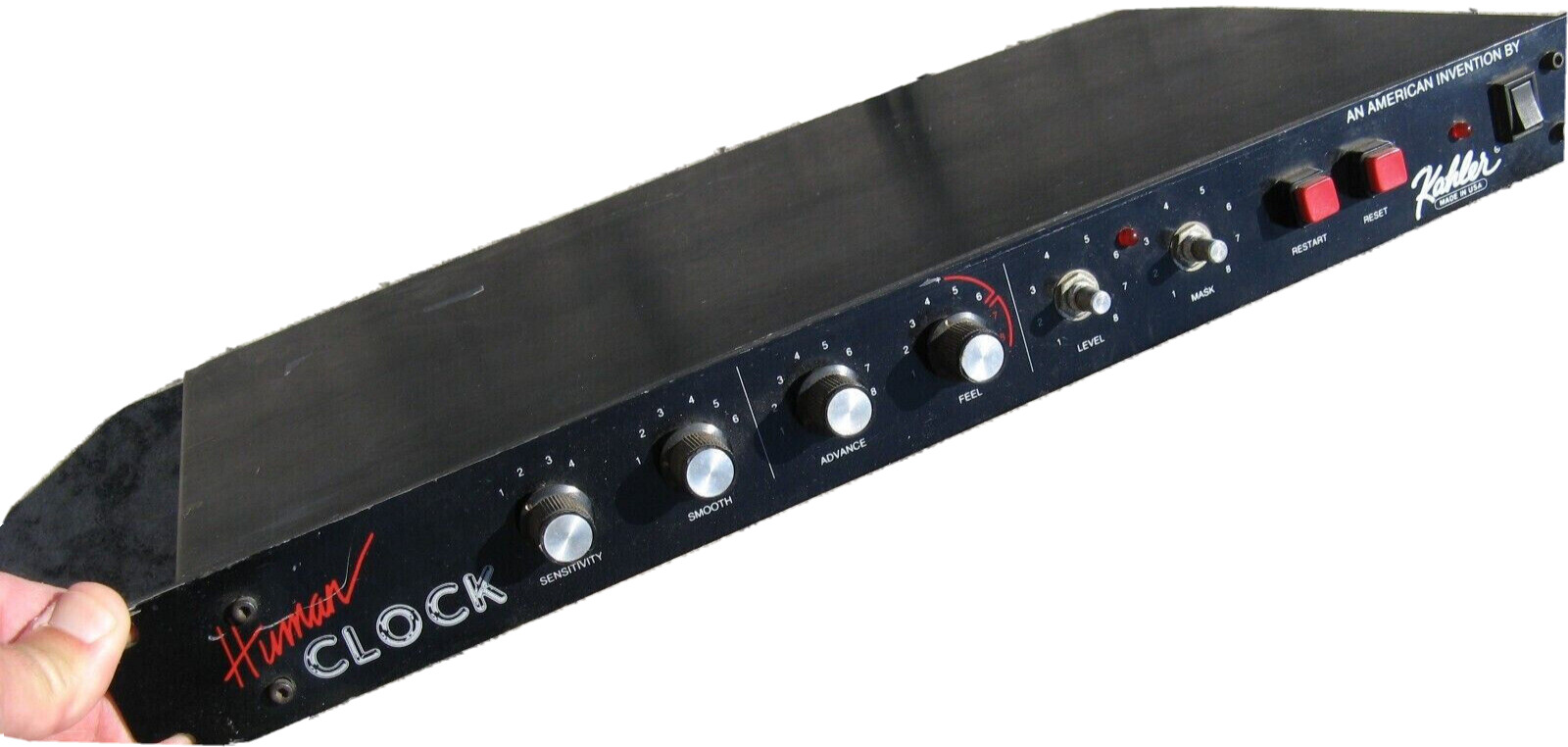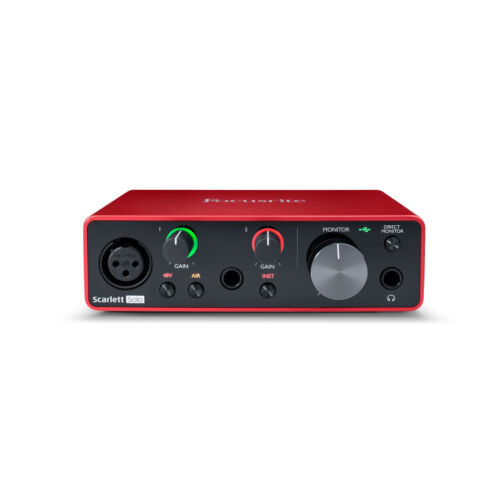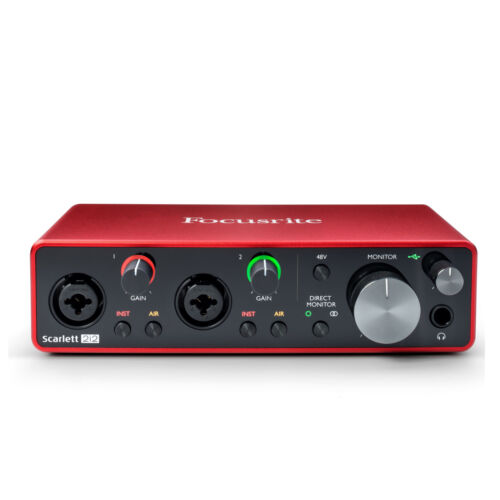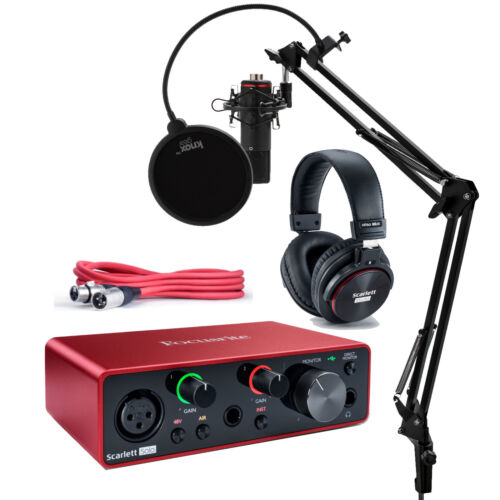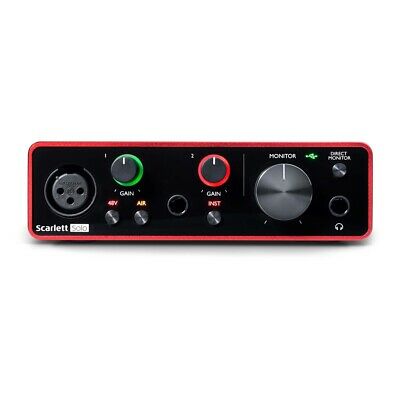-40%
Vintage Midi Clock Interface Human Clock Studio Component Kahler VGUC
$ 99.52
- Description
- Size Guide
Description
An Auction! For sale to the highest bidder is a:Kahler Human Clock Rackmount Midi Tempo Sequencer Recording Studio Component in Very Good Pre-owned condition.
FREE SHIPPING WITHIN THE UNITED STATES!!
DESCRIPTION:
This is the extremely rare and vintage Kahler Human Clock Midi Beat Sequencer Recording Studio Component. It has been tested and is working..recently acquired from a working install. The component is in very good pre-owned condition. This unit generates a midi clock set from microphone input. A drummer/bassist can play and set the midi tempo.
SOME INSTRUCTIONS:
This is a classic peace of equipment that can do things that no other component can do.
But, there are limitations to it and a framework within which you have to work. The unit was originally designed to be triggered by a live drummer and to output to a MIDI device with sequenced tracks. People have used them as a sort of "poor man's SMPTE", allowing them to sync a sequencer to previously recorded audio tracks. The unit works best with Percussive input (i.e. kick, snare, etc.), but can be set up to work with bass, guitar or keyboard input. There is a switch on the back of the unit marked "SUST.-PERC." to select between a sustained type of input or percussive type of input. It likes a signal of at least -30dB to activate
the trigger.
When first installed, the Human Clock may begin to produce double time tempo beats. This is caused by the unit needing to establish the length of one measure before it begins triggering MIDI output. Quoting the manual, "The Human Clock needs to know how long a measure is in order to know the tempo at which to play initially. Communicating this to your Clock is easily done during a typical count-off. Think of the tempo you want and hit the kick drum on 1 (that is, the first beat of the imaginary measure at the desired tempo). Now think to yourself, "2, 3, 4," in tempo, and hit the kick drum on the next 1. Now the Human Clock knows how long a measure is, so it knows the tempo. The next time (the third time) you strike the drum, the Human Clock will start whatever sequenced material is programmed. The Clock will assume that this third hit is on 1. (Every time the drum is struck thereafter, the Human Clock recalculates the tempo)." It will definitely follow tempo variations, but within limitations.
Again, from the manual, the front panel controls:
SENSITIVITY: Controls how much of a tempo change is sent from the Human Clock. A setting of 1 means the most change; a setting of 4 means the least change. For most applications use a setting of 2.
SMOOTH: Controls two different functions, WINDOW and SPEED. WINDOW refers to the time around each 8th note that the trigger signal is accepted. SPEED refers to how fast the clock will adjust to change in tempo. Note: SMOOTH is read only when RESET or RESTART is pushed.
ADVANCE: Compensates for processing and/or MIDI delay in the drum machine, sequencer or code converter the Human Clock is driving. A higher number means more advance. Note: ADVANCE is read only when RESET or RESTART is pushed.
FEEL: Allows you to put the drum machine or sequencer more "on top of" or "behind" the beat, This is in addition to or separate from ADVANCE. The FEEL parameter is read at every measure, allowing adjustment while the machine is playing.
LEVEL: Controls the gain of the trigger source to the Human Clock. Note: Over-driving the level will cause poor performance.
MASK: Controls how long the Human Clock is "deaf" (or masked) to more incoming trigger signals. The length of time the trigger LED glows is the length of the mask. To read a kick drum, a mask of 2 should work fine. To read a bass, piano or other sustain type of instrument, a longer mask is recommended.
RESTART: Prepares the Human Clock to resume with the tempo it last maintained when it sees the next trigger input.
RESET: Clears the Human Clock and tells it to get ready for a new tempo.
The complete manual is available online.
THIS LISTING IS COVERED BY A 30 DAY FREE RETURN POLICY.
Thank you for checking out this listing!
Please let me know if you have any questions.
